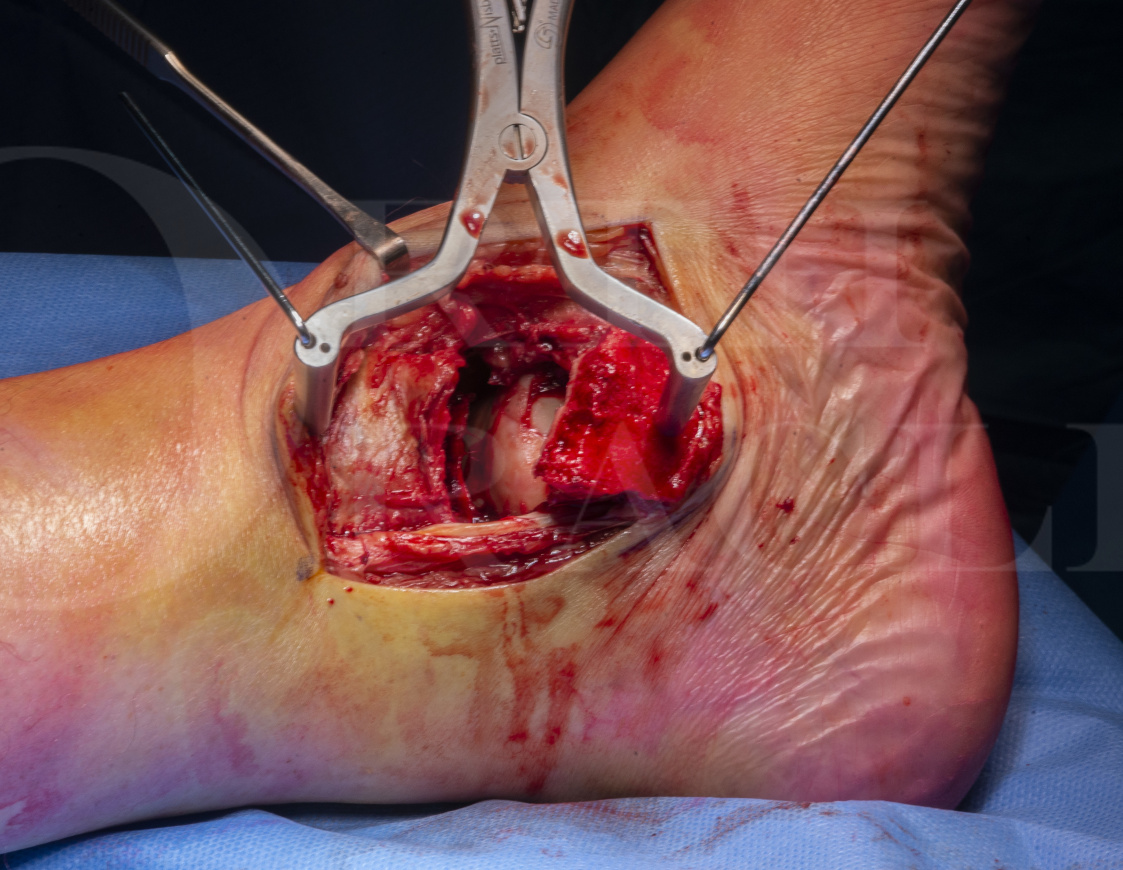
When your cartilage becomes uneven, it can lead to wear and tear in the joint. When you injure your talus, you also injure the cartilage around it. What are the complications of an untreated talus fracture or a talus fracture that doesn’t heal properly?Ī talus fracture can cause difficult complications if left untreated or if it doesn’t heal correctly. After the swelling goes down, your surgeon may try an ORIF again.
#TALUS FRACTURE SKIN#
The pins are visible from the outside of your skin and are held together with special bars. With an external fixator, your surgeon will place large pins in your bones to hold them in place. If there’s too much swelling, your surgeon may place you in an external fixator. With an ORIF, your bone fragments are put back in place and held together with a metal plate and/or screws until your bone heals. If your bone is broken into several pieces, your surgeon may perform an open reduction and internal fixation (ORIF). If your bones are out of place, a foot and ankle surgeon will perform surgery to reset them. After the cast is removed, you’ll be given exercises to help restore the strength and function of your foot and ankle.įor most talus fractures, ankle surgery will be recommended because of the high-energy force that caused the injury. Typically, you’ll have to wear the cast for six to eight weeks and put minimal pressure on your foot. A cast holds together the bones in your foot and ankle while they heal. If your fracture is stable and your joints are well-aligned, surgery may not be necessary. First, you’ll be placed in a splint to keep your foot and ankle from moving. Treatment for a talus fracture depends on the type of fracture and the severity of your injury. What is the treatment for a talus fracture? The surrounding muscles, tendons and ligaments may be affected as well. The talus bone breaks and the pieces move out of their normal position. The talus bone is only slightly out of place and the broken ends of your bones still line up correctly or almost correctly. Talus fractures are classified by how much the talus or pieces of bone have moved out of their normal position. This type of fracture happens because of overuse or repeated stress put on your talus bone.
#TALUS FRACTURE CRACK#
A talar stress fracture is a small crack in your talus bone. A talar avulsion fracture occurs when a small part of your talus bone pulls away from the rest of the bone where it’s attached to a ligament or tendon. Lateral process talus fractures are commonly seen in snowboarders and are sometimes called “snowboarder fractures.” These types of fractures occur when your ankle is forced outward to the side. The outside of your talus bone is called the lateral process. The neck is between the “body” of your talus, which is under your tibia by your ankle joint, and the “head” of your talus, which is farther down your foot. The most common type of talar fracture occurs in the mid-section of your talus. Your talus bone can break in different places and different ways. What are the different types of talus fractures? A talus fracture can cause a significant loss of motion and function because of how important it is for ankle movement. Cartilage is a slippery material that allows your bones to move smoothly against each other. Your talus helps transfer weight across your ankle joint. This joint allows for the side-to-side movement of your foot.

Your talus sits above your heel bone (calcaneus), forming your subtalar joint. This joint allows for the up and down movement of your foot. Your talus joins with your tibia and fibula (lower leg bones) to form your ankle joint. A talus fracture is a break in this bone. Your talus is a bone in your foot that connects your ankle to your leg.


 0 kommentar(er)
0 kommentar(er)
